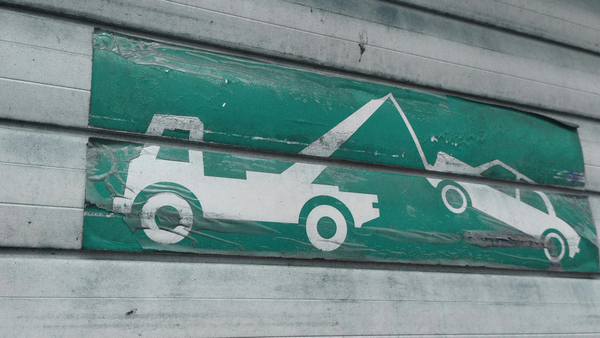
I had no strong desire to be a mum. Now that I am one to two boys, I can’t imagine anything else. But I might increasingly be in the minority. Madeleine L’Engle captured the mood of those ruling out parenthood: “This is no time for a child to be born, with the earth betrayed by war and hate.”
So opens her poem The Risk of Birth, Christmas, 1973. Maybe that year made for especially grim baby-making but regardless of the carnage of 1973 – and any year, really – it’s an enduring dilemma, this becoming-a-parent thing. It’s never a good time to have a baby.
Increasingly, people seem to agree. Fertility is in freefall across the developed world. Australia’s total fertility rate of 1.5 babies a woman is in line with trends, on average, across the OECD that fall below the replacement rate of 2.1 – the rate at which a population can naturally replenish itself.
Explanations for fertility’s fall abound, spanning the wonderful – women’s greater educational opportunities – to the worrisome – the eye-watering cost of housing and fears of the climate crisis. The latter combo might especially be keeping us up at night. The 2024 Mission Australia youth survey found that about 17,000 young Australians pegged the cost of living (56%) and climate change (27%) as their top two issues of national concern. If the children are our future, the kids are telling us they’re not all right.
Point the finger, too, at roiling gender dynamics, from the rise of the manosphere to the phenomenon of male drift.
Those are the presenting symptoms, anyway, working against any hoped-for rush on newborn onesies. But rumbling underneath it all is our despair about life in the newly dubbed “enshittocene”. We seem to have decided that, contrary to our expectations, the present and future seem kind of crap.
Why, then, would we bring anyone into the world?
And yet a new world is always emerging from the collapse of the old. Just take 1973, the year L’Engle declared bad timing for kids. It wasn’t uniformly terrible.
That year the White Australia policy was consigned to the dustbin of history. Queen Elizabeth II officially opened the Sydney Opera House, a triumph of visionary art and design, to the public. William Goldman’s The Princess Bride was published, as was Sula, by Toni Morrison.
Born that year: the Google co-founder Sergey Brin, the cricketer Sachin Tendulkar, the Australian national treasures Cathy Freeman and Poh Ling Yeow. The offbeat auteur Yorgos Lanthimos was born, along with the director Rian Johnson of Knives Out fame. The future scions, too, of multimillion-dollar entertainment empires: Stephenie Meyer, the creator of Twilight, and Kevin Feige, the president of Marvel Studios.
I don’t know what any of these people are like in real life. But they’re a reminder of the uniqueness and specificity of that person as opposed to any people – or unborn people, say – we conceive in the abstract.
As is my friend Aaron, also part of the class of 1973. One of Aaron’s (many) eccentricities is his knack for – of all things – spotting any and every tabletop board game geek in his orbit and including them in what has now become a quarterly day of nerdy fun for middle-aged men, complete with childcare. A born networker and natural host, Aaron’s spontaneous community-building probably won’t change the world but it’s just one small, random way he enriches the lives of those around him.
No one could have known – when Aaron or anyone else was born – how their lives would – and still could – play out. It’s never a good time to have a child, but a child might still influence the times in which they live because one life is inextricably bound up with the lives of others.
The Christmas story taps into these instincts. In the nativity scene, farm animals stand around, and Mary and Joseph are nearby, but all eyes are on the baby Jesus. It’s an ancient story, made even stranger now that babies aren’t necessarily part of the lives we envision for ourselves. But this story holds that the child is God in human flesh, that the God who early believers called Love Himself didn’t remain aloof but leant into the human fray. As L’Engle’s poem ends: “Love still takes the risk of birth.”
Believers like me are left wondering: if God took the leap, maybe I can too. The world is always falling apart but love is also born in the ruins. Which doesn’t mean that belief will guarantee birthrates rise again. But the Christmas child has a way of making every other baby since – and any other adventure in reckless hope – feel less of a leap of faith.
Justine Toh is a senior research fellow at the Centre for Public Christianity







